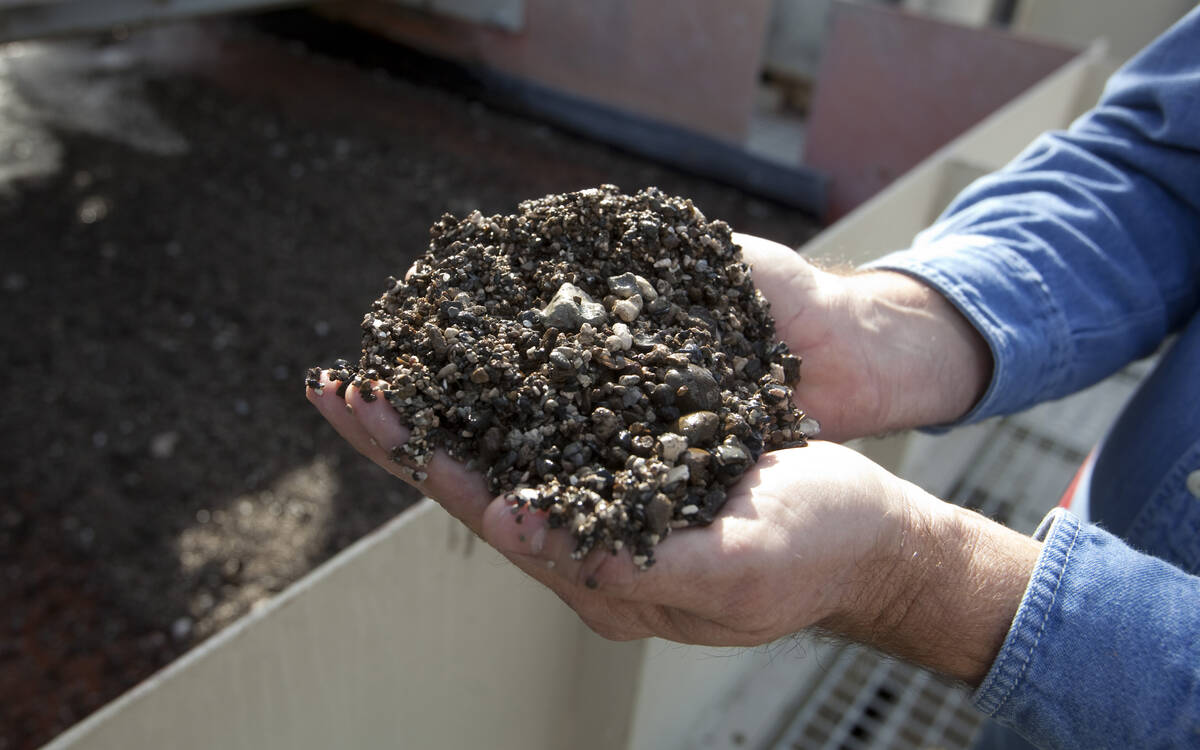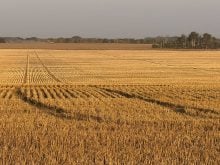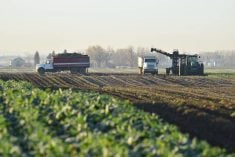At least half of prairie grain farmers didn’t bother to vote in this
year’s Canadian Wheat Board director elections.
As of Dec. 9, a total of 24,688 ballots had been received at the
election co-ordinator’s office in Brandon.
That represents 39.4 percent of the 62,377 eligible voters in the five
districts holding elections.
Ballots postmarked by Dec. 5 were being accepted until Dec. 13, so the
final total will likely be a few thousand higher, but won’t reach 50
percent.
Read Also

Phosphate prices to remain high
Phosphate prices are expected to remain elevated, according to Mosaic’s president.
In the last election in 2000, which involved the other five electoral
districts, the voter response rate was 40.6 percent.
Conventional wisdom among electoral analysts is that in a mail-in vote,
a response rate of 50 percent is excellent. By that standard, the
numbers in the CWB vote aren’t all that bad.
Nevertheless, candidates and others involved in the election said they
were surprised and disappointed by the turnout, especially in light of
public attention on grain marketing issues generated by the jailing of
13 farmers in Lethbridge just as ballots were being sent out in early
November.
“I certainly was hoping the turnout would be much higher than it has
been,” said election co-ordinator Peter Eckersley. “It’s surprising
given the publicity and promotion that was out there.”
The turnout varied sharply by electoral district. As of Dec. 9 the
return rate was highest in District 3 at 46.6 percent, followed by
District 9 (45.3 percent), District 7 (41.7), District 1 (30.6) and
District 5 (28.6).
Everyone agrees that the major factor in the low voter response was the
late harvest.
“Farmers’ attention was certainly elsewhere with regard to getting the
crop off,” said CWB spokesperson Deanna Allen.
She said it’s probably no coincidence that the two districts with the
lowest turnout also had the greatest problems with late harvest.
Art Macklin, running for re-election in District 1, said many farmers
in his area were still busy in the fields when the ballots arrived.
“A lot of them probably set the package off to one side and never got
around to it again.”
Alanna Koch, chair of CARE, an organization that supported the election
of candidates who supported replacing the board’s single desk system
with an open market, said she was disappointed with the turnout, adding
it may not bode well for those candidates.
“We definitely think a higher turnout is better for us,” she said,
adding the organization worked hard to encourage farmers to vote,
especially those who no longer grow CWB crops.
She thinks one factor that reduced the voter numbers was a feeling of
apathy among farmers, the result of years of “frustration” with the
board marketing system.
However Allen of the wheat board said turnout alone doesn’t say
anything about farmers’ attitudes toward the board or single desk
selling.
“I don’t think you can read anything like that into it,” she said. “I
think it’s a factor of time and business. I don’t think it reflects a
sense of futility or giving up.”
The numbers also seem to indicate that farmers prefer to have a limited
choice on the ballot. As of Dec. 9, the turnout was highest in District
3, where there were two candidates on the ballot, followed in order by
District 9 (three candidates), District 7 (four candidates), District 1
(five candidates) and District 5 (eight candidates). Election results
are expected to be announced the week of Dec. 15.














